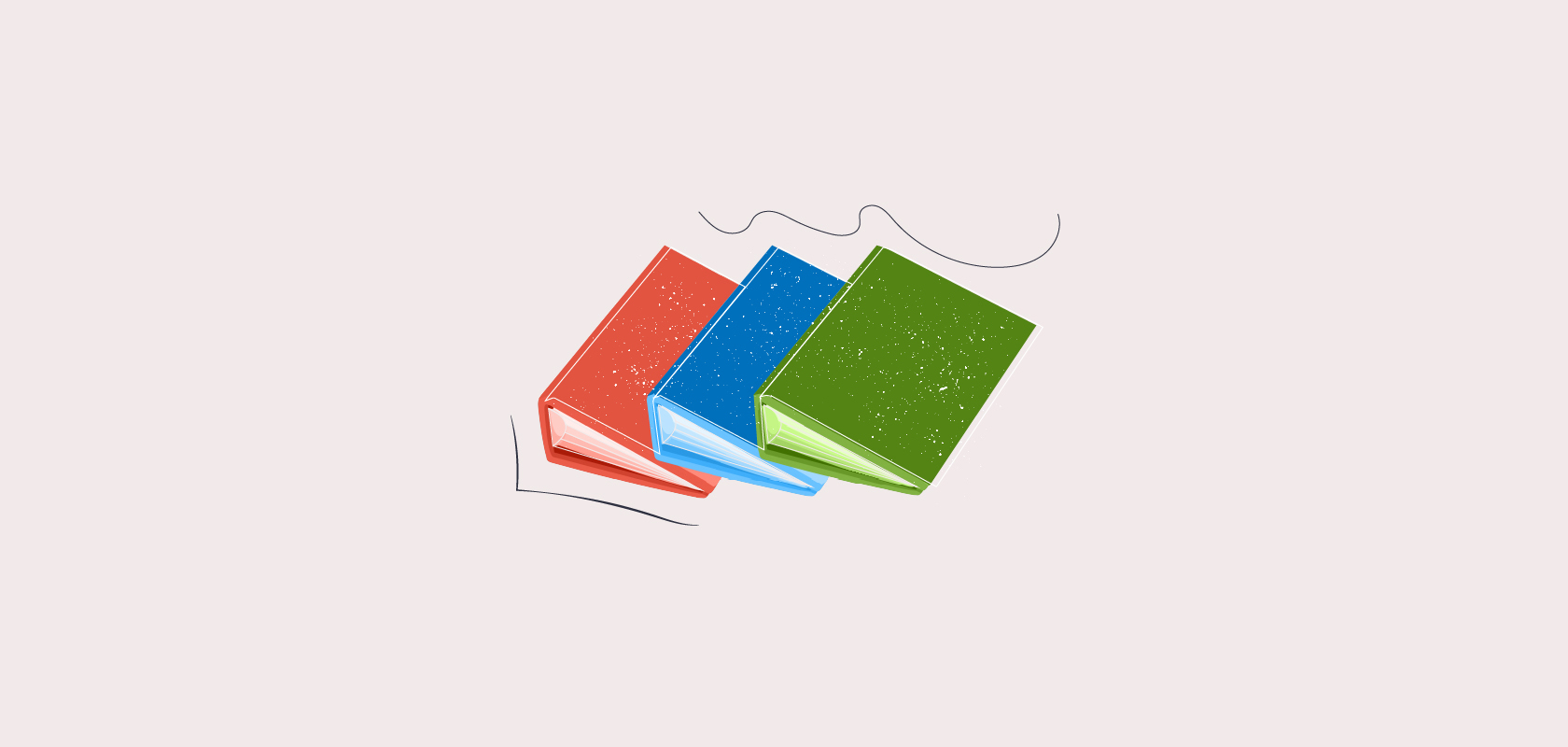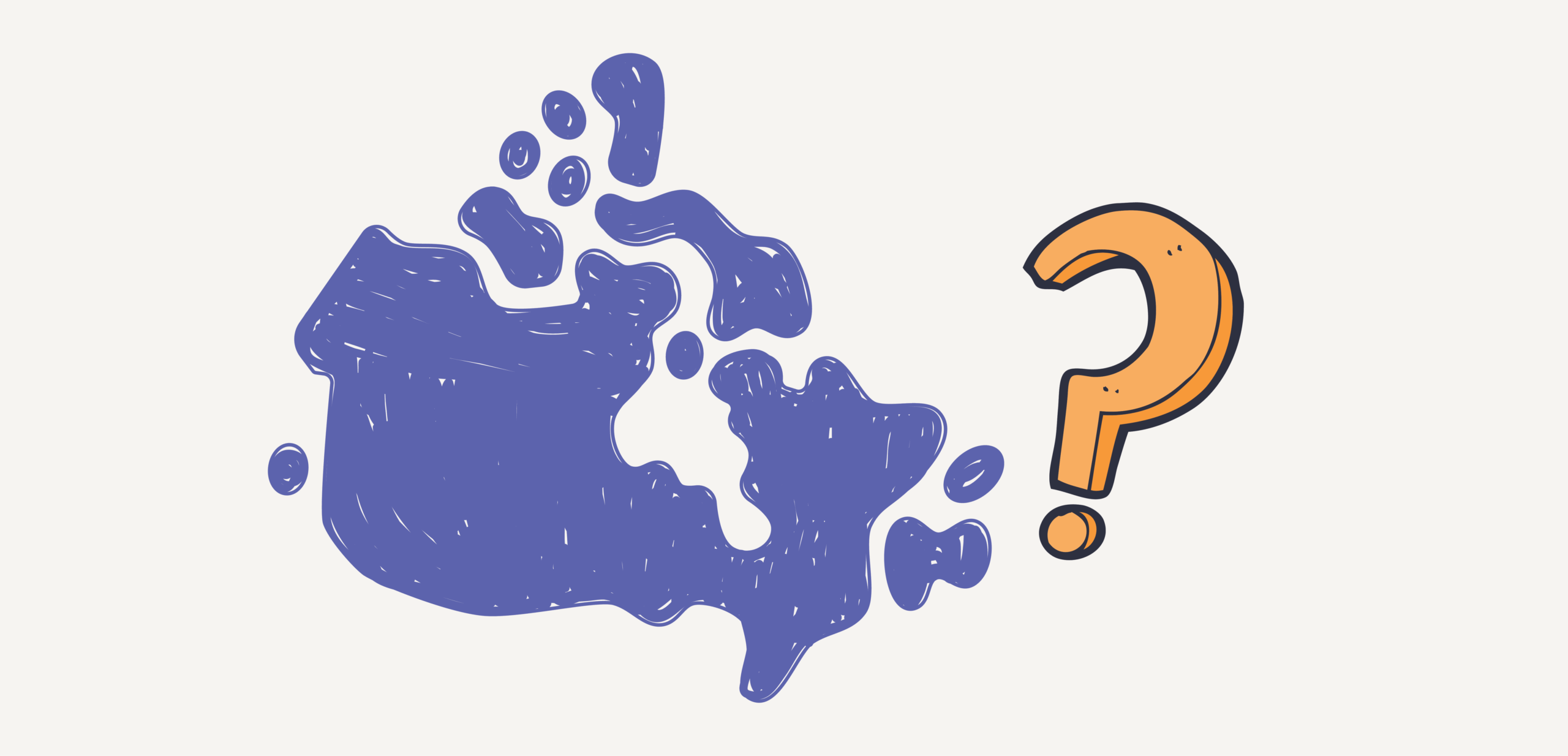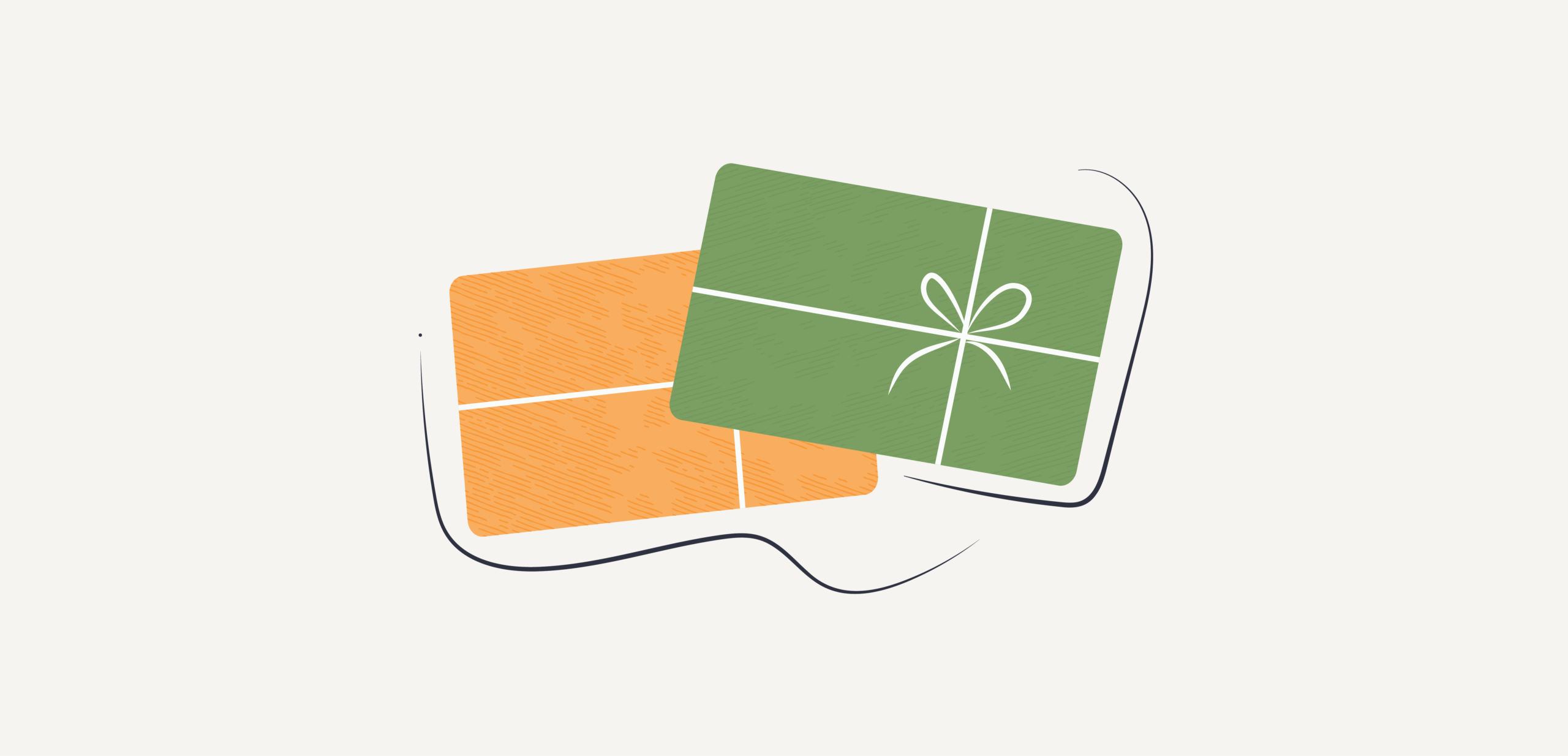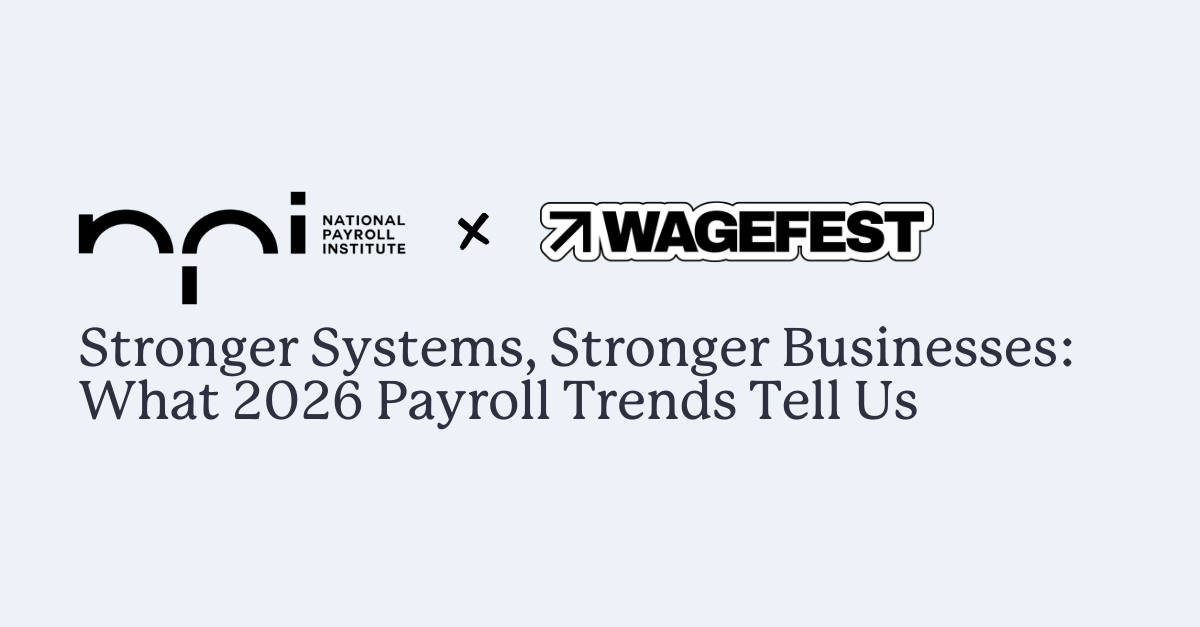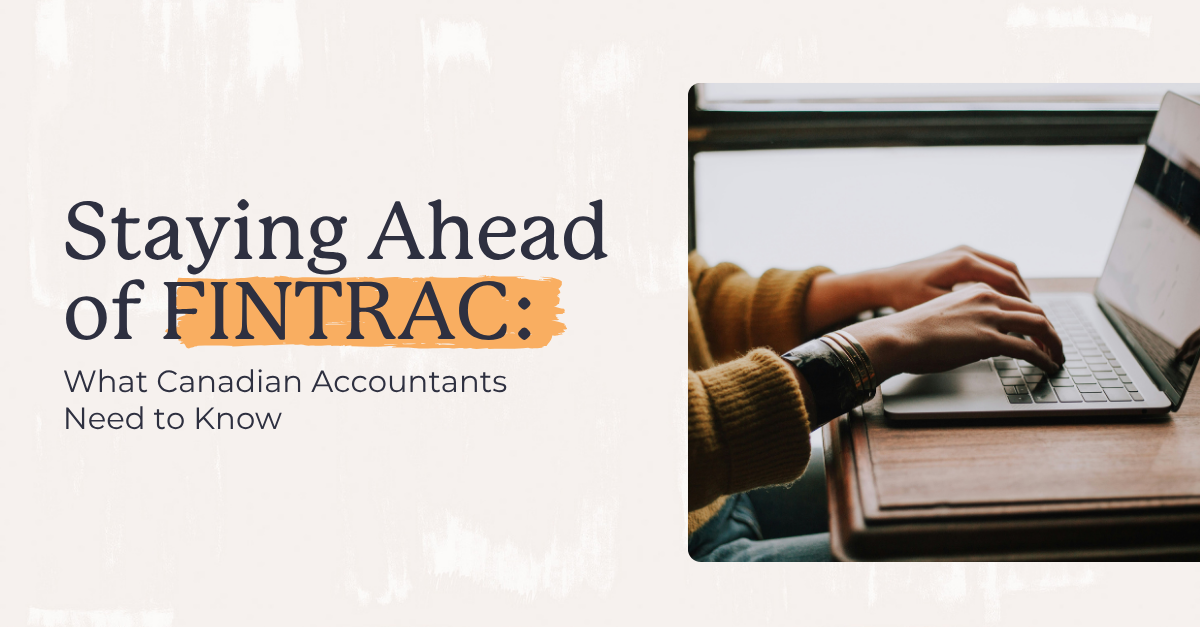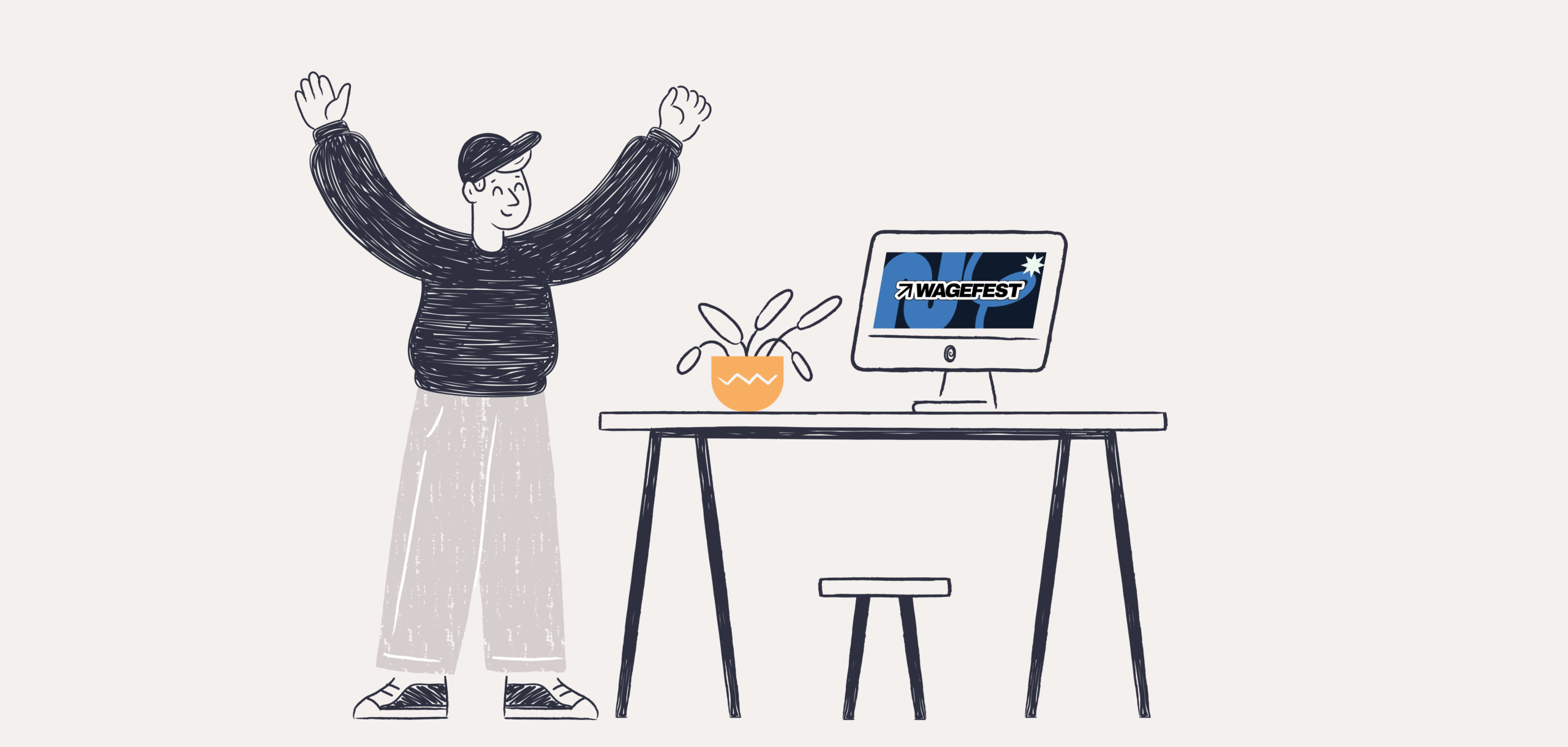Become an insider!
Get our latest payroll and small business articles sent straight to your inbox.
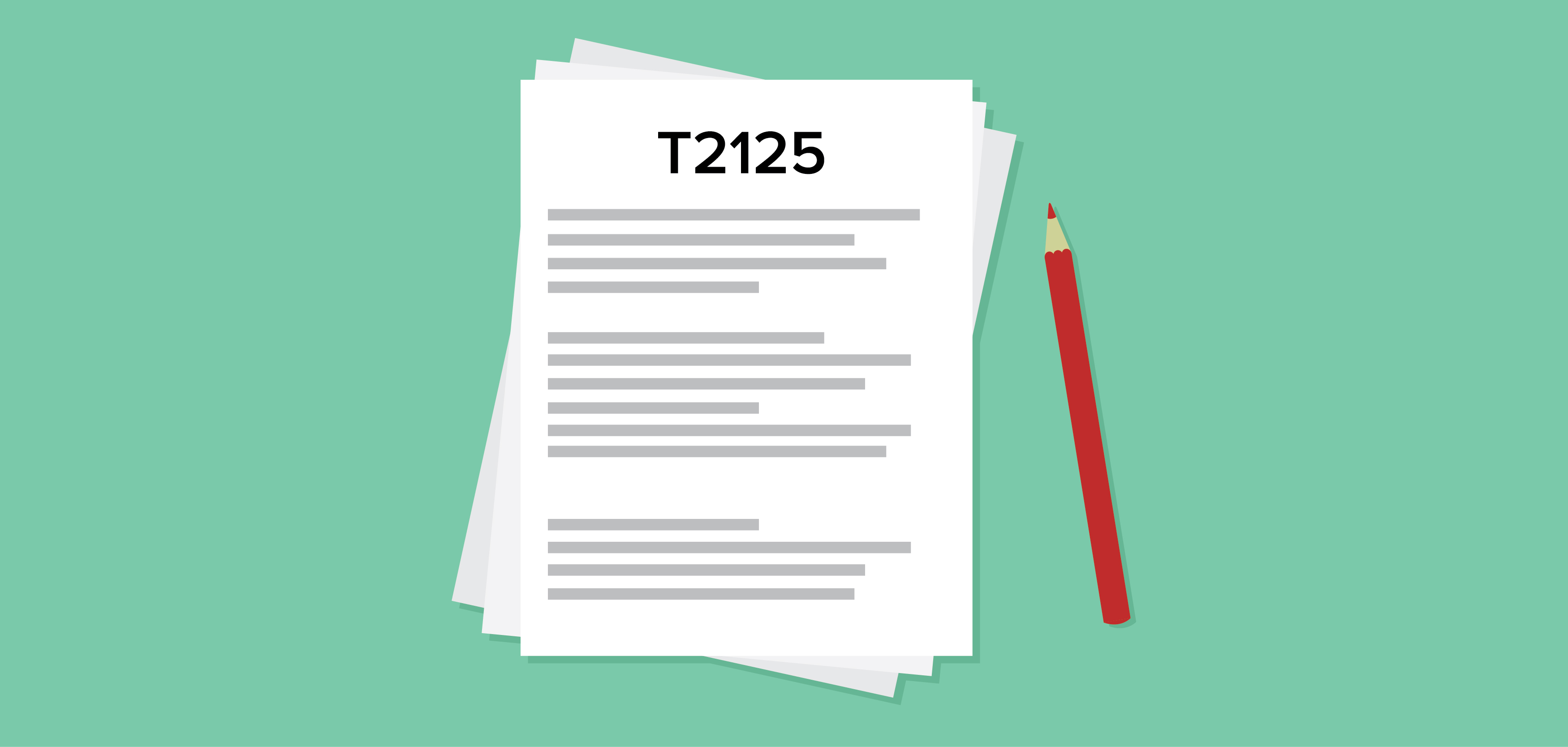
Company of one? If you’re the only owner of your business and you haven’t formally incorporated, you’re a sole proprietor. If you work for yourself with your main source of income stemming from this business, you’re also self-employed.
Congratulations and welcome to being a self-employed sole proprietor. According to the Canada Revenue Agency (CRA), a sole proprietorship is the simplest kind of business structure. Well, simple until you bring one little word into the conversation — taxes.
Which Taxes Does a Sole Proprietor Need to Know About?
These taxes you should be aware of include:
- Personal and business income taxes (federal and provincial)
- These determine your net tax owing — the amount you owe to the CRA after all of your qualified personal and business tax deductions.
- Self-employment taxes
- Canada Pension Plan/Québec Pension Plan (CPP/QPP) payments
- Optional employment insurance (EI) payments
- Goods and services tax/harmonized sales tax (GST/HST)
Paying Your Income Taxes as a Self-Employed Sole Proprietor
As a sole proprietor, your personal income and business’ net income generated, are one in the same and the government sees it this way too.
This means that you file Form T2125 Statement of Business and Professional Activities along with your personal income tax.
Remember: In addition to federal income taxes, you’re also subject to provincial income taxes.
Also if you have your business registered under a different name other than your own, you’ll need a bank account in the company’s name to manage your taxes.
While your filing deadline is June 15 (or the next business day if this date falls on a weekend or holiday), if you are required to make quarterly installment payments, your first payment is due by April 30.
The factors that determine if you have to pay taxes in quarterly installments include:
- If you earn income that doesn’t have things like income tax or employment tax payments taken out, missing these deductions may leave you with a tax liability.
- If you earned more than the threshold of $3,000 or more or $1,800 or more in Québec, you will likely have to make quarterly payments.
- You may also owe if you have outstanding amounts from passing the thresholds in the previous tax years.
- These thresholds are applied based on the province or territory where you live.
- If you received an installment reminder from the CRA.
If you have to pay your sole proprietorship taxes through quarterly payments, the quarterly due dates are March 15, June 15, September 15 and December 15. Just like the filing deadline, if the actual date falls on a weekend or holiday, your payment is due the next business day.
If you receive a reminder, the one sent in February is for the March and June payments, while the one sent in August is for the September and December payments.
What Quarterly Installment Payments Include
Your quarterly payments are based on your net tax owing, CPP and voluntary EI contributions and calculated based on what you owed the previous tax year.
For example, if you paid $4,500 in 2017, you’re responsible for quarterly payments of $1,125 in 2018. (Or until you file your most recent return and can claim otherwise.)
Here’s an overview of the factors that go into calculating your quarterly tax payments:
- Net tax owing is the amount you owe on your income tax return after you’ve taken your personal and business tax deductions.
- These amounts can be reduced by claiming all of your relevant personal and business tax deductions.
- If you earn more than $3,500 during the year, you must make CPP payments on your income up to a maximum amount that’s set each January. For 2018, this amount is $5,088.60.
- While CPP contributions are split between the employee and the employer in a traditional I’m-the-boss-and- you’re-the-employee setup, when you’re the boss and the employee you pay the full 9.9%.
- The employee contributions are like the deductions you’d receive if you were getting a traditional paycheck — affecting your personal income levels and reporting.
- Your employer contributions are a business expense that’s factored into your business earnings and expenses.
- Depending on how much you paid in CPP employer contributions, you may be able to claim a tax deduction on these amounts.
- When you’re someone’s employee, your employer withholds your employee EI amount and contributes the employer amount (1.4% of the employee’s) on your behalf.
- Just like CPP, when you’re self-employed, you make all the payments (the employee’s and the employer’s).
- If you’re self-employed, enrollment in EI is voluntary. However, parental and sickness benefits are kind of nice to have when you need them.
- Again, depending on how much you pay in employer contributions, you may be able to claim a tax deduction on these amounts.
One way to simplify your CPP and EI contributions is to automate them by paying yourself a “draw” (what your salary is called when you’re a self-employed sole proprietor) using payroll software.
As a sole proprietor, you won’t need anything fancy, so small business payroll software, like Wagepoint, will work. In addition to calculating these amounts, the provider will also forward these amounts to the correct tax authorities according to your payment schedule.
Calculating Quarterly Installment Payments as a Self-Employed Sole Proprietor
According to the CRA, there are three options for calculating installment payments:
- If your personal and business income are consistent from year to year, you can use the no-calculation method and the amounts are based on your most recent income tax return.
- You can use a prior-year method if the current year is similar to the previous year.
- Or you can opt to simply use the current tax year if this year is different than the year before.
Remember: If it’s your first year in business, you don’t have to start making payments until you hit the threshold of $3,000 ($1,800 or more in Québec).
Making the Most of Personal and Small Business Tax Deductions
Since you file your personal and business taxes together, you’ll want to make the most of any deductions for which you qualify.
On your personal income taxes, you can write off things like medical expenses, charitable donations, childcare and health insurance premiums. You can also receive a range of personal tax credits. Setting money aside in an RRSP or RESP also lowers your taxable income.
For your business income, common deductions include home office expenses, business-related mileage on your car, office supplies and equipment, business expenses such as professional fees, like consulting with an accountant or bookkeeper.
What Sole Proprietors Need to Know About Collecting GST/HST
In general, the rule is that if the value of your goods and services meets or exceeds $30,000, you must charge GST/HST.
Note: Once you hit this threshold, you’re responsible for collecting, reporting and remitting these taxes no more than 30 days later. If you’re making quarterly payments, you will also need to account for GST/HST in the applicable quarter.
In order to do collect and remit these taxes, you have to register for a GST/HST number. Once you set up your GST/HST account, you’ll also want to keep track of your effective date and subsequent filing deadlines.
When filing your returns, take this wise advice from TD Accounting Services (@TDAccounting) — in addition to documenting how much you collected, be sure to also calculate and claim any GST/HST amounts you paid as a business in order to lower your overall tax bill. (Here’s a list of the input tax credits.)
Once you start collecting GST/HST as a sole proprietor, can you ever stop? According to Bookkeeping-Essentials (@BookkeepingEssentials), once you charge GST/HST, you must continue to charge it as long as you have a GST/HST account. The only way to stop is to close your account.
One final thing to be aware of is that GST/HST rates vary by province. As of October 1, 2016, the GST/HST rate for Alberta, British Columbia, Manitoba, Northwest Territories, Nunavut, Quebec, Saskatchewan, and Yukon is 5%. It’s 13% in Ontario and 15% in New Brunswick, Newfoundland and Labrador, Nova Scotia, and Prince Edward Island. (As rates can change, always be sure to verify your rates.)
If You’re Late Paying Any of Your Self-Employed Sole Proprietor Taxes…
In general, if you make a late payment to the CRA, you will incur interest and fines. If it’s a simple mistake, in most cases, it’ll take a little work to fix but you’ll be able to work it out. But if you’ve intentionally underpaid, paid late or not paid at all, things get a little more ugly.
If you’re late or underpay an installment payment, interest is compounded daily. Additional penalties can be up to $1,000 or a percentage of the difference in the interest between the amounts you paid and should have paid.
For GST/HST there are several scenarios for penalties and fines depending on the mistake you make. For instance, if you fail to file after you’ve received a demand to do so, it’s an immediate $250 fine. Interest also accrues on late or underpayments.
If You Have Questions About Self-Employed Sole Proprietor Taxes
Depending on your specific needs, it can be very cost-effective to work with a professional accountant, bookkeeper or both. To contact the CRA, call the number for businesses and self-employed individuals at 1-800-959-5525.
Have a pen and paper ready as well as all your reference information, including your Social Insurance Number Business Identification Number (BIN) (if you’ve opted to request one) and any other identifying pieces of information. Make sure your phone and patience are fully charged and maybe have a nice cup of tea or a coffee to enjoy if you have to wait on hold for a bit.
References & Resources
Canada Business Network
CRA self-employed sole proprietor page
CRA paying taxes by installments page
EI benefits for self-employed individuals
CPP for self-employed individuals
Form T2125, Statement of Business or Professional Activities
Publication T4002
GST/HST
GST/HST input tax credits
Search Terms
To learn more about this topic, try searching using any of these terms: Sole proprietor, sole proprietorship, self-employment, self-employed and self-employment taxes.
The information in this post does not constitute or replace the need for professional bookkeeping, accounting or tax advice. Wagepoint has gathered this information from several sources and has done its best to ensure accuracy. Any errors or omissions will be corrected in a timely manner. As tax laws are constantly changing, it’s important to ensure that you have the most accurate and up-to-date information.



